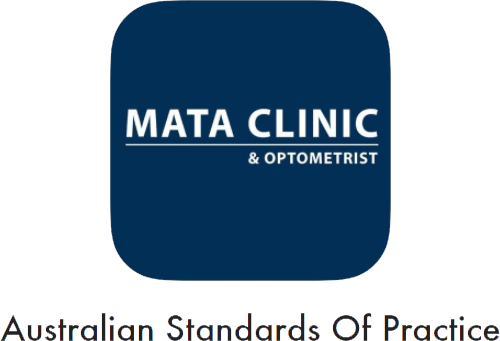Let’s face it, most of us spend a lot of time on computers every day. Whether for work, play, or everything in between, these screens can cause our eyes to get fatigued, cause headaches, and make work difficult. When patients bring this up, here are my go-to recommendations for protection of their eyes as well as reduction in computer eye strain.

Before we get to specific lens designs that I recommend, here are some environmental factors that cannot be ignored. When my patients and friends experience computer eye strain, I first always mention making some modifications to the screen itself. Usually, that comes in the form of a blue-blocking filter for their device such as Night Shift on Apple products. F.lux is a free downloadable blue-blocking filter that adjusts blue light according to the time of day to keep in sync with natural circadian rhythms. Iris Tech is another program where patients can not only adjust the amount of blue light being emitted from their screen but also adjust the flicker frequency of the computer which some people can be very sensitive to.
And of course, there are basic visual hygiene techniques like the 20-20-20 rule.
Causes of Digital Eye Strain
- With uncorrected vision problems, overcorrected myopia, and undercorrected hyperopia, astigmatism and presbyopia will contribute to increased eye strain and visual blur.
- Accommodation insufficiency, infacility, and spasm as well as convergence insufficiency and vergence infacility will contribute to asthenopia.
- Aqueous deficient and evaporative dry eye will also contribute to visual discomfort with digital eye strain.
- Glare and blue light also cause an increase in visual discomfort and eye strain.
- Workplace set-up and environment will also contribute to discomfort while using digital devices. Poor desk setup and distancing, poor sitting posture, and poor lighting and glare are all added factors.
Common Symptoms
- Blurry vision
- Eye strain
- Double vision
- Headaches
- Neck and shoulder pain
- Dry eyes
- Burning
- Redness
- Eye fatigue
Conclusion
Using screens and digital devices has become much more common. With prolonged device usage, related symptoms arise affecting how well an individual can work or function on a daily basis. For more information on digital eye strain or computer vision syndrome, visit www.mataclinic.com.





Recent Comments